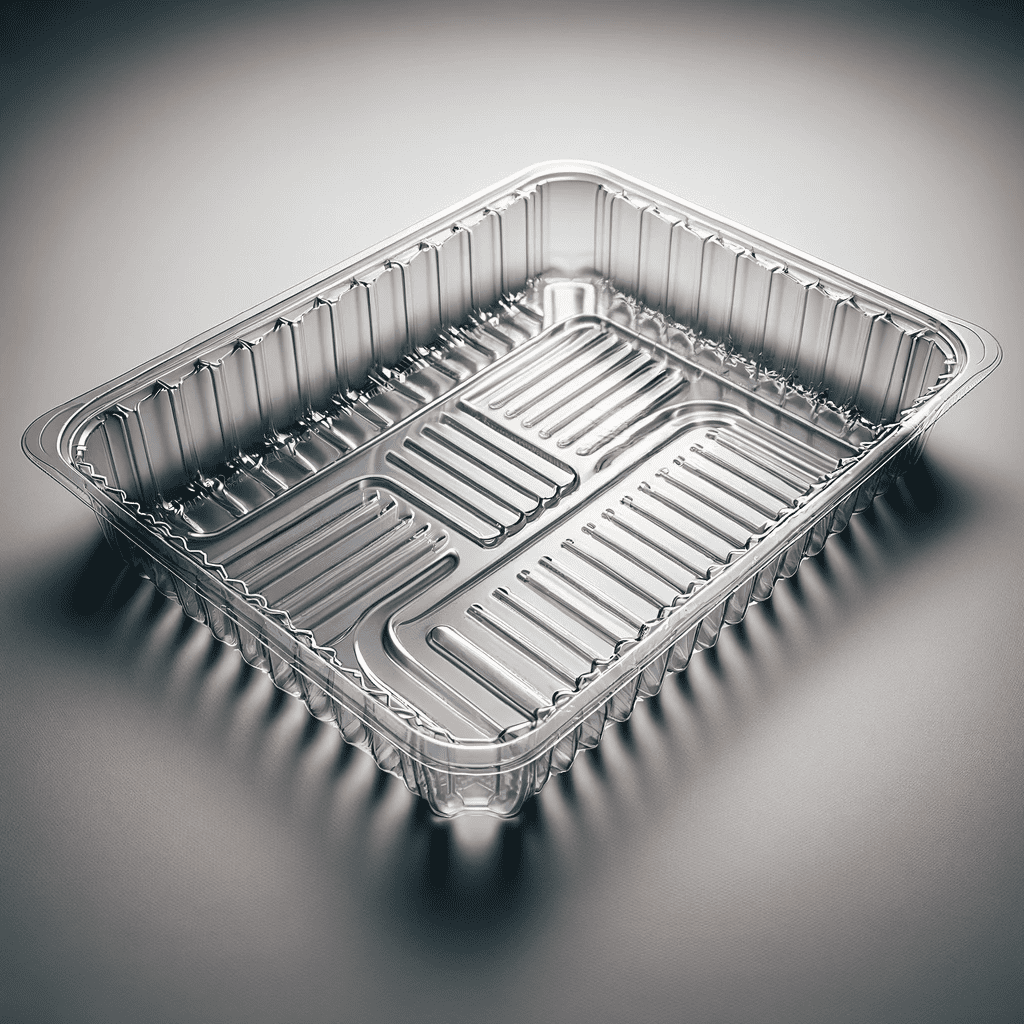Golden Design Rules for PET Thermoformed Packaging

The Consumer Goods Forum (CGF) has introduced Golden Design Rules to boost the recycling value of PET thermoformed trays and other PET thermoformed packaging.
These guidelines are tailored to integrate with existing regional recycling programs and pave the way for more efficient recycling systems by 2025.
Adhering to Regional Recycling Standards
The CGF emphasizes the importance of aligning PET thermoformed packaging designs with existing regional recycling guidelines. This approach ensures compatibility with current recycling infrastructures, facilitating easier processing and higher recycling rates.
Design Requirements for Future-Ready Recycling
For packaging not yet accommodated by existing recycling programs, CGF proposes specific requirements to make them recycling-ready by 2025. These include:
- Transparent PET Usage: Preferring transparent and uncolored PET, or alternatively, transparent blue or green PET, enhances the recyclability of these materials.
- Recycling-Friendly Material Choices: Selecting materials, adhesives, inks, and labels that do not hinder recycling processes is crucial. This ensures that the packaging can be efficiently sorted and recycled.
- Mono-Material PET Adoption: Using only mono-material PET simplifies recycling, as mixed materials often complicate sorting and processing.
- Minimal or Moderate Direct Printing: Restricting the extent of direct printing on packaging helps maintain the purity of the recycled material.
- Consideration for Lidding Films and Inserts: The material and adhesive choices for lidding films, inserts, or other components must be recycling-friendly, avoiding substances that could contaminate the recycling stream.
The Path to a Circular Economy
Furthermore, by implementing these design rules, the CGF is steering the industry towards a more circular economy. Reducing the environmental impact of PET packaging while maintaining its functional and aesthetic qualities is key. The guidelines not only enhance the recyclability of PET thermoformed packaging but also encourage innovation in packaging design.
The Role of Stakeholders
For the success of this initiative, active participation and commitment from all stakeholders, including manufacturers, brand owners, and recycling facilities, are essential. These parties must collaborate to innovate and implement changes in design, materials, and manufacturing processes.
Case of Study
Mars Wrigley innovatively redesigned the cap of their Dove Chocolate Bowl to be transparent, label-free, and print-free. This redesign achieved a notable 13.8% reduction in PET plastic usage compared to the original design. Such a weight reduction significantly enhances the recycling value of PET thermoformed packaging, aligning with sustainable packaging initiatives.
Finally, the CGF’s rule on PET thermoformed packaging marks a significant step towards a sustainable future. This initiative not only addresses environmental concerns but also offers practical solutions to enhance the recycling process, aligning with global efforts towards a circular economy.
